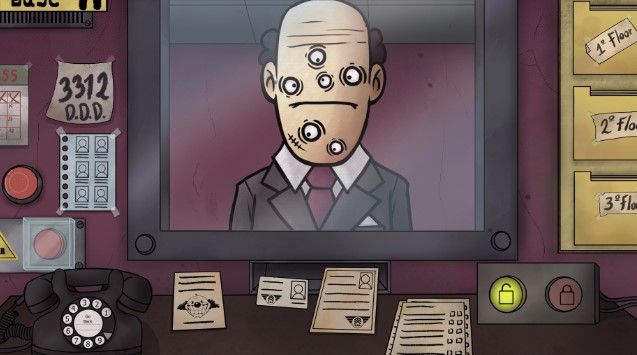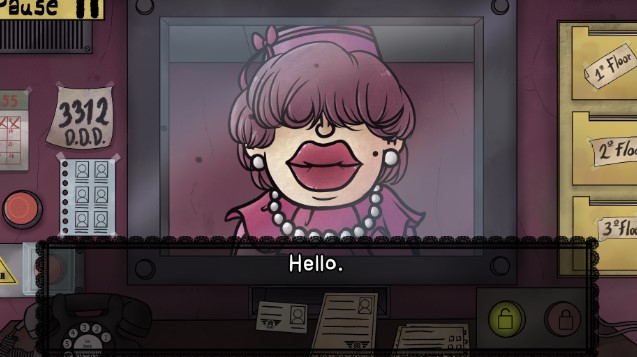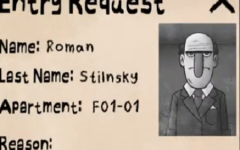Play That’s not my Neighbor Games Online
In That’s not my Neighbor, players are thrust into a world where appearances can be deceiving, and trust is a luxury they can’t afford. As the newly appointed doorman of an apartment complex, you’re tasked with a crucial role: distinguishing between genuine tenants and doppelgangers aiming to infiltrate the building. The game sets this challenge in a seemingly mundane setting, transforming an everyday job into a critical defense against a hidden menace. With its unique blend of strategy and observation, the game captivates players, drawing them into its peculiar universe where every decision impacts the safety of an entire community.
The gameplay mechanics are straightforward yet engrossing, requiring players to engage with each visitor, scrutinizing their documents and stories for any sign of discrepancy. The doppelgangers, equipped with the ability to mimic human appearance and behavior, make your job increasingly difficult as the game progresses. Each encounter tests your attention to detail and your ability to make quick, accurate judgments under pressure.

How to Play: The Essentials
Playing That’s Not My Neighbor involves several key steps:
1. Greet each visitor and review their identification against the apartment complex’s tenant registry.
2. Look for inconsistencies in the visitor’s story or ID documents that might hint at their true identity.
3. Decide whether to grant access or deny entry based on your assessment. If in doubt, you can use a limited number of calls to the Doppelganger Detection Department for assistance.
4. Keep track of your decisions and their outcomes, learning from any mistakes to improve your detection skills.
The game is designed to challenge players in various ways, pushing them to rely on both their instincts and the tools provided within the game environment.
Success in That’s Not My Neighbor doesn’t just come from identifying the impostors; it’s about managing the resources at your disposal, such as the number of calls you can make to the D.D.D. and using the clues provided by the game to guide your decisions.

Key Elements to Master:
– The ability to detect subtle visual and narrative cues.
– Managing limited resources effectively.
– Learning from each shift to refine strategies and improve detection accuracy.
That’s Not My Neighbor stands out for its innovative approach to gameplay, merging elements of strategy, observation, and narrative into a cohesive experience. Players are not just passive observers but active participants in a story that unfolds with each decision they make. The game’s strength lies in its ability to immerse players in a role that feels both familiar and extraordinary, challenging them to think critically and react swiftly to the ever-present threat of the doppelgangers.



































































































































